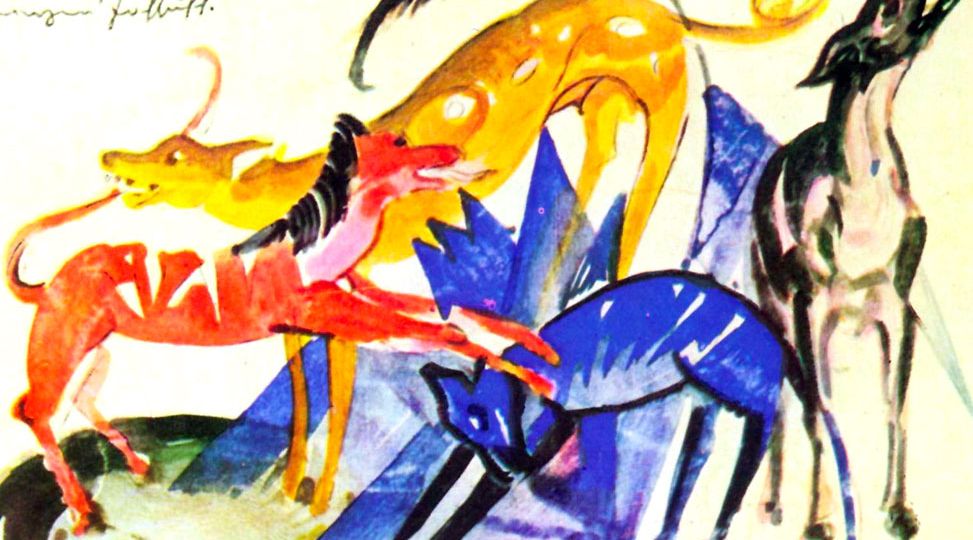
What Type Is Your Pet?
Mark Hunziker, April 1, 2015
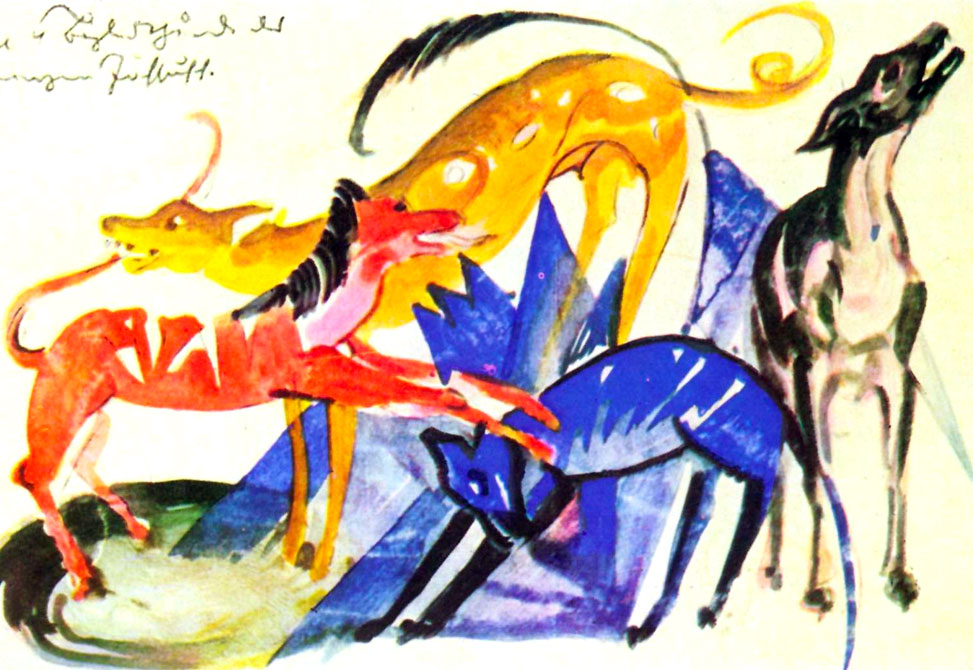
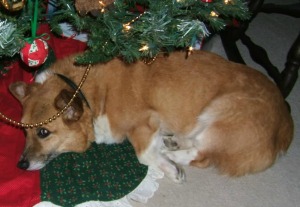

I rarely see full human-like typologies in my canine friends; but I do see very clear portrayals of the function-attitudes. They often manifest in animals in such simple and “pure” form that I feel like I’ve been given a glimpse of how our human typologies may have evolved, and at what the function-attitudes “look like” without the complex dynamics and conscious obfuscation of human personalities.
What type characteristics do you see in your pets? How do they demonstrate their typology? What have you learned about type and human personality from your pets?
Header Image
Franz Marc, “Die vier Begleithunde des Prinzen Jusuff” (“The Four Companion Dogs of Prince Jusuff”), (1913).




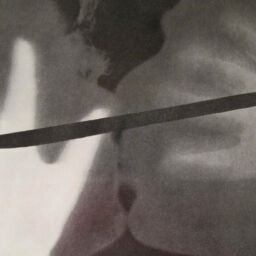
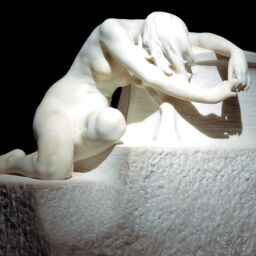

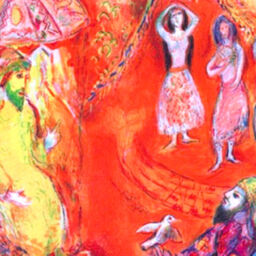
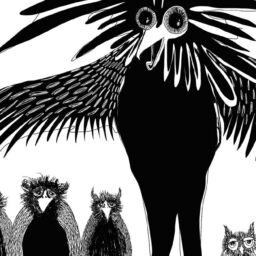
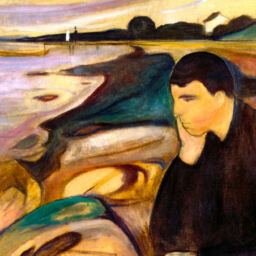


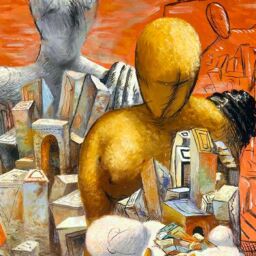
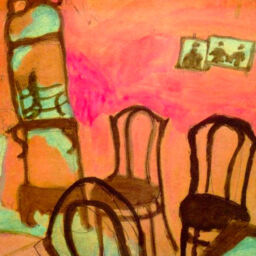

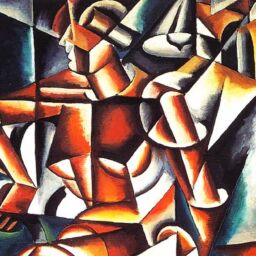


Thanks, Sophia, for taking my article with the (very modest) degree of seriousness that I intended; and for your in-kind addition to the conversation!
I really enjoyed this article. It’s a light-hearted view, and being ‘serious’ about it is perhaps not what the author intended! Certainly it helps exercise out ‘type savvy’ to look at our pets the the MBTI® lens. It reminds me that once you start looking at personality through this lens, it’s SO hard to stop!(-;
It’s fun! I can’t help but type my parrots…Wilfreda, the ISFJ eleanora cockatoo, all harmony, loyalty and quiet, undemanding friendship (completely unlike other cockatoos I’ve known); the Lady Agatha, maximillian pious, INFP, clear about her beliefs and resonances — I’ve enjoyed watching her solve her ‘parrot-problems’ based on them. Another lover of harmony. Jeannie Clementine, ISFP, much more in the world than Agatha is (Aggie the pionus seems to reside wholly in her delightful birdbrain), Jeannie demonstrates that lovely combination of cautious and fiercely determined that I so often see in ISFP humans as a whole type quality. And let’s not forget Genghis-the-Small, renamed from ‘Ollie’ because of his definite ESTJ characteristics. Genghis is all about strategy, solves his problems logically, without reference to the other birds AT ALL, and tries to get everyone (including the household humans — INTJ, INTP and INFJ) –to TOE THE LINE. Genghis commandeers all the resources (food, toys and attention) despite being the second smallest bird, and clearly demonstrates his goal of world domination. Genghis could really use some self-development.
It’s quite a household. Bear in mind, when these types can FLY a whole new dimension appears in type differences.
My hazard to Sid is roughly that a lot of these patterns, such as introversion/extraversion, actually are conjectured to have some analogue in animals other than humans (I think Jung wrote of the more passive/defensive vs more outgoing instances of certain animals).
It’s true that you could in a manner of speaking describe the animals as having a much lesser sense of conscious attitude/ego, in that they seem to operate more on instinct, which Jung would’ve associated more to unconscious than conscious impetus.
It’s this sort of case where it might be useful to view the functions and introversion/extraversion more as processes/modes of experience than as completely conscious preferences that correspond to some kind of ego v. unconscious divide in the psyche.
Assuming that, one could describe the animal’s characteristic orientation/patterns of functioning without really attributing it to a well-developed sense of ego.
Those passive/active forms of functioning in the more basic form in animals could conjecturally be turned more “conscious” into definite ego-defining attitudes in, say, humans.
I don’t understand:
1. Pets have no known Ego, so how can they have a function-attitude?
2. I thought humans just projected human-like qualities onto pets
3. The so called typology could be explained by neurological differences from pet-to-pet (no two organisms even within the same species is exactly the same). Assuming that animals also display human-identifiable/relateable behaviour patterns when coupled with neurological differences between pets can create the experience of a function attitude
Thanks Bill. I’ll check out her site.
Hi Mark,
You might enjoy a book by a good friend of mine, Maureen Kelly, called Pet Types: Communicating Heart to Heart. She has a fun way (ENFJ) of looking at our 4-footed friends and all of her housemates.
Her website is Sagebutterfly.com. The site itself provides a nice glimpse into Maureen’s interests and passions.I just forwarded her your article.
Bill